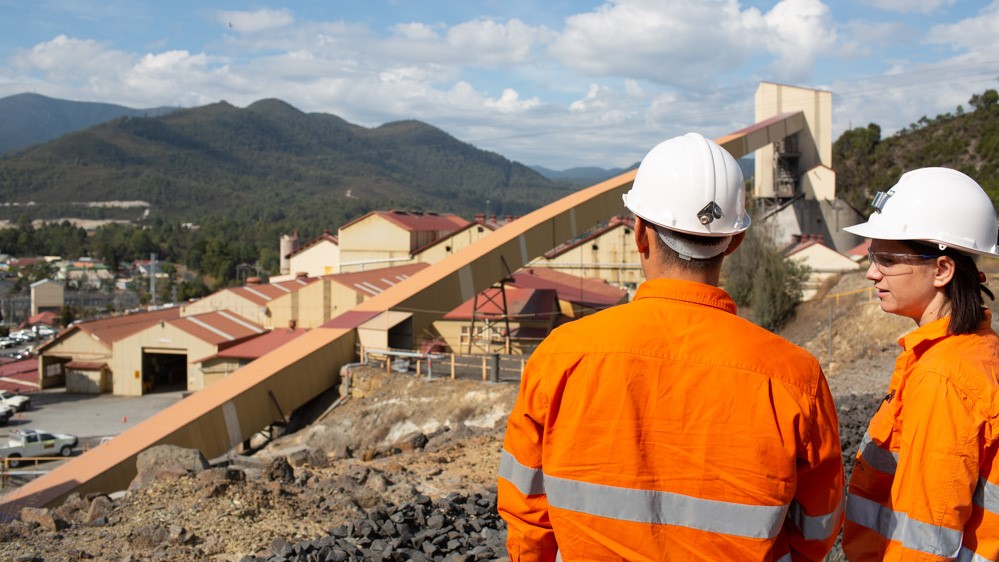
Australian police have arrested nearly a dozen people over protests against the development of a mine waste storage facility in a wilderness area on the southern island of Tasmania, a conservation group official said on Wednesday.
The arrests come ahead of a decision next month by environment minister Susan Ley on the conditions for allowing the waste storage by MMG Ltd, the Australian unit of China’s Minmetals, at the island’s South Marionoak site.
Police last week broke up the protesters’ camp 142 days after it was set up in an effort to protect the environment, said Jenny Weber of the Bob Brown Foundation.
“We are protesting for the protection of Australia’s largest temperate rainforest,” she told Reuters, adding that police had made 11 arrests since last Tuesday over the protest.
“Our stand is against MMG, which plans to build a tailings dam and it’s the wrong place in this time of climate emergency.”
She was referring to the storage for the waste that MMG plans to pipe 3.5 km (2.2 miles) west from its mine to the South Marionoak site.
The plan would put at risk 285 hectares (704.25 acres), or the equivalent of 532 football fields, including some rainforest that falls outside national or state protections.
State police confirmed the arrests but gave no additional details.
MMG has said it is investigating waste storage options for its Rosebery zinc, copper and lead mine, 200 km (124 miles) northwest of Hobart, the state capital, which has been operating for 85 years.
Now it is running out of storage capacity for the waste, known as tailings, the company said in a statement, a factor that imperils the longevity of the mine, a source of jobs in the remote area.
“Any expansion for a new tailings facility will involve some forest disturbance and MMG is working to assess this site, as well as other options, to minimise the impact and find the best solution,” the firm said.
MMG added that it had run preliminary assessments of the South Marianoak site, one of three initial candidates, and was researching the area to assess and limit the potential impact.
(By Melanie Burton; Editing by Clarence Fernandez)
Comments